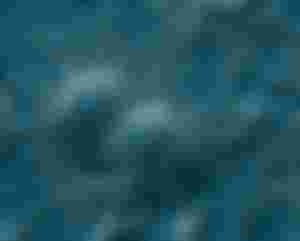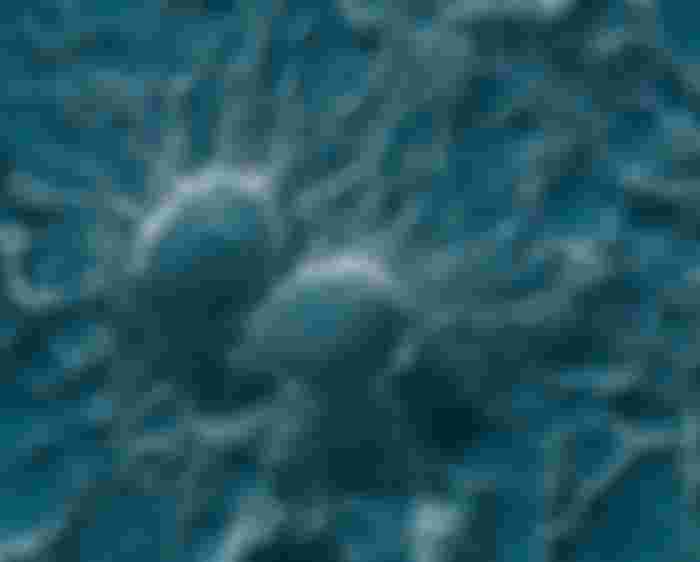There is something in Bald’s eye balm that these staphylococcal biofilms can’t stand. More importantly, the balm appears to act on other similar resistant bacteria. As deadly bacteria have become increasingly resistant to modern antibiotics, some researchers have turned to ancient medical manuscripts in search of a solution. It turned out that some medieval balms over 1000 years old would be able to solve the problem in situations when many modern antibiotics fail to deal with dangerous strains of bacteria. The ancient antibiotic, as the researchers called it, was found in one of the earliest known medical textbooks of medieval England, Baldo's famous medical manual. While many of the medications that can be found in this handbook have failed to keep up with the times, such as a balm that prevents goblins from visiting you at night, others, such as Bald’s eye balm, have performed better from today’s perspective. Relying on previous research, scientists have proven that a mixture of natural ingredients - garlic and onion or leek, cow bile and wine - has powerful antiseptic properties. In fact, it seems to work against strains of very dangerous bacteria that have become resistant to many modern drugs. Having produced 75 mixtures of Bald's eye drops, of which 15 were from onions and 15 from leeks, just to make sure they translated well from Old English, the researchers tested an ancient recipe. It has been previously established that this balm managed to destroy Staphylococcus aureus, a very dangerous bacterium, and a new study led by Jessica Furner-Pardo from the University of Warwick, confirmed those results. Even in cases where bacteria formed particularly strong structures, known as biofilm, the balm was effective. Staphylococcus aureus or golden staphylococcus was named after the yellow-green color of its colonies. It is pathogenic and causes many different infections and intoxications, starting from minor skin infections to severe diseases. Staphylococcus aureus is like all staphylococci, a gram-positive ball-shaped bacterium and builds flocks or clusters which makes them so dangerous. Once these clusters are established, it is incredibly difficult to apply any antimicrobial agent. In order to break down this biofilm, antibiotic concentrations are needed one hundred to a thousand times higher than when staphylococci are free. In extreme cases, even amputation is needed to avoid blood poisoning or sepsis. However, as new research shows, there seems to be something in Bald’s eye balm that these staphylococcal biofilms can’t stand. More importantly, the ointment appears to act on other similar resistant bacteria. "We think the ointment will be especially effective in treating gangrene in diabetics," said microbiologist Freya Harrison of the University of Warwick in a statement to CNN. However, there is one catch - the balm acts only as a mixture of all the necessary ingredients. When the researchers separated all the ingredients or purified each ingredient individually, they were not nearly as effective at destroying bacterial strains. The authors believe that this is one of the reasons why herbal remedies have not been tested so far. In the development and research of medicines, it is common today to isolate individual compounds, and historically, medicine used to be more concerned with combining natural ingredients, thus supporting mutual healing properties. For example, in this new study, wine proved to be a very weak antimicrobial agent, but that does not mean that it was completely useless, because when researchers removed wine from the balm recipe, there was a dramatic drop in drug efficacy, indicating that wine still has some important antimicrobial properties. The same was confirmed when onions or beef bile were excluded from the mixture. More importantly the mixture of balm did not damage healthy cells. "Most of the antibiotics we use today come from natural compounds, but our work points to the need to investigate not only individual compounds but also mixtures of natural products for the treatment of infections," emphasizes Freya Harrison.

